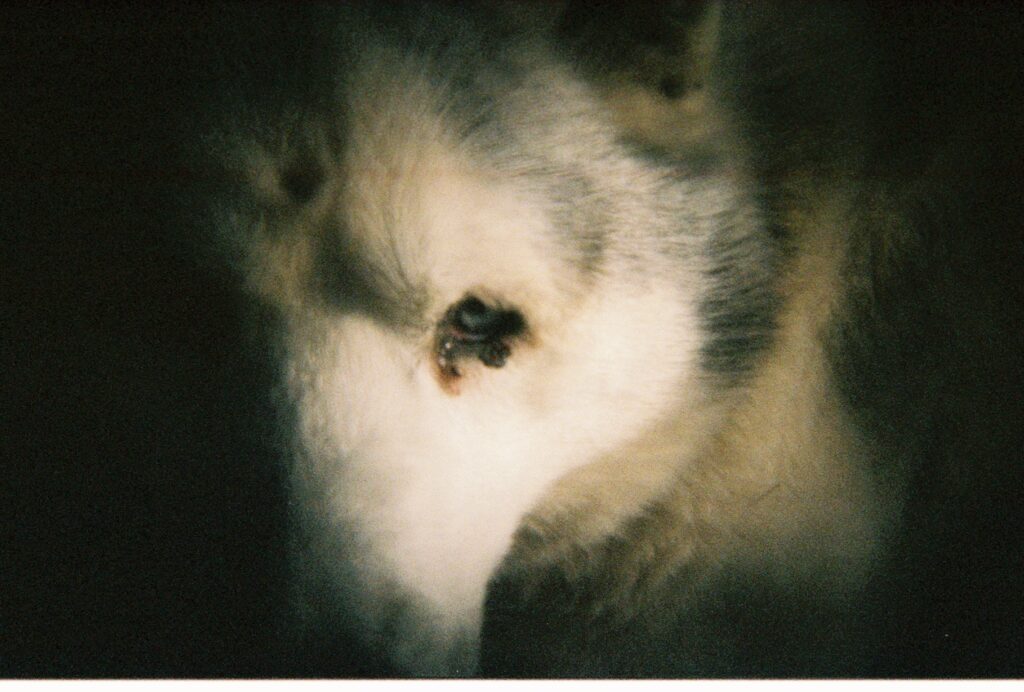
A day in December 2011, Boston, Massachusetts. It was a cold, snowy day. But nothing felt colder than the heart of a young man lost after a series of failures. I had just gradua...
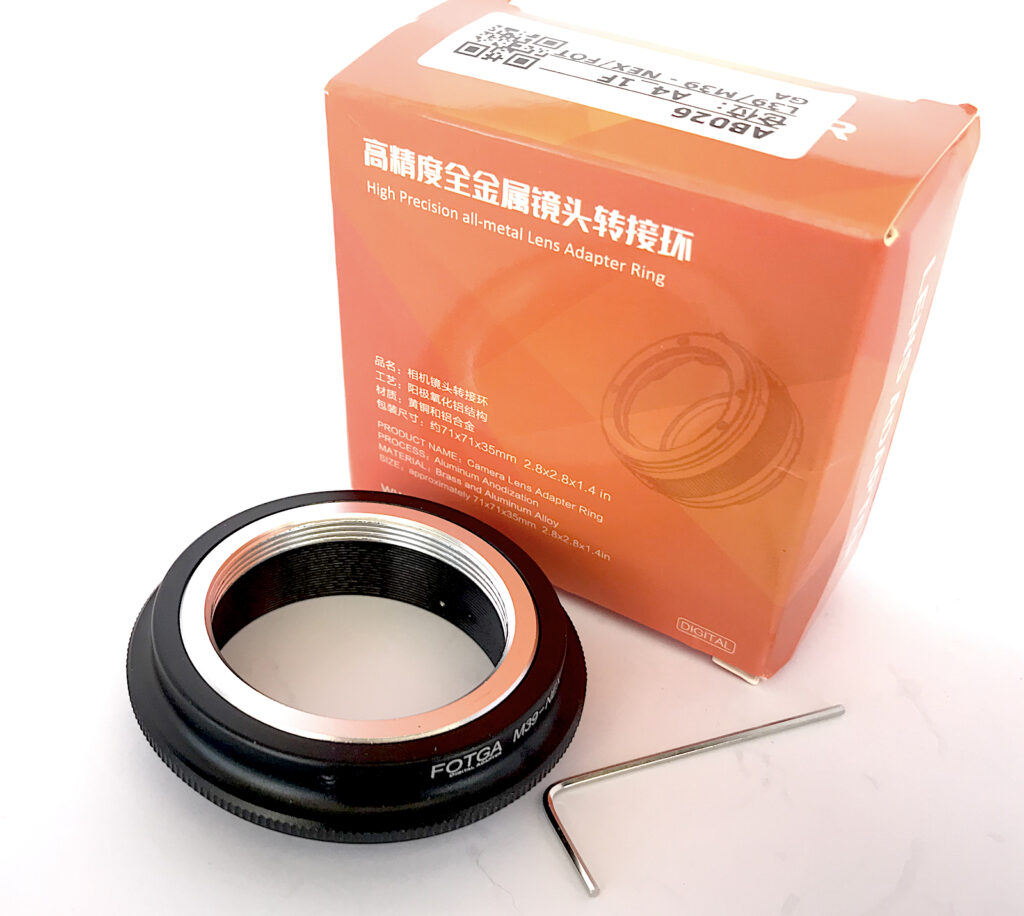
A M39 to Sony E adapter with Industar and Elmar lenses on a Sony A3000 shooting with auto ISO setting.
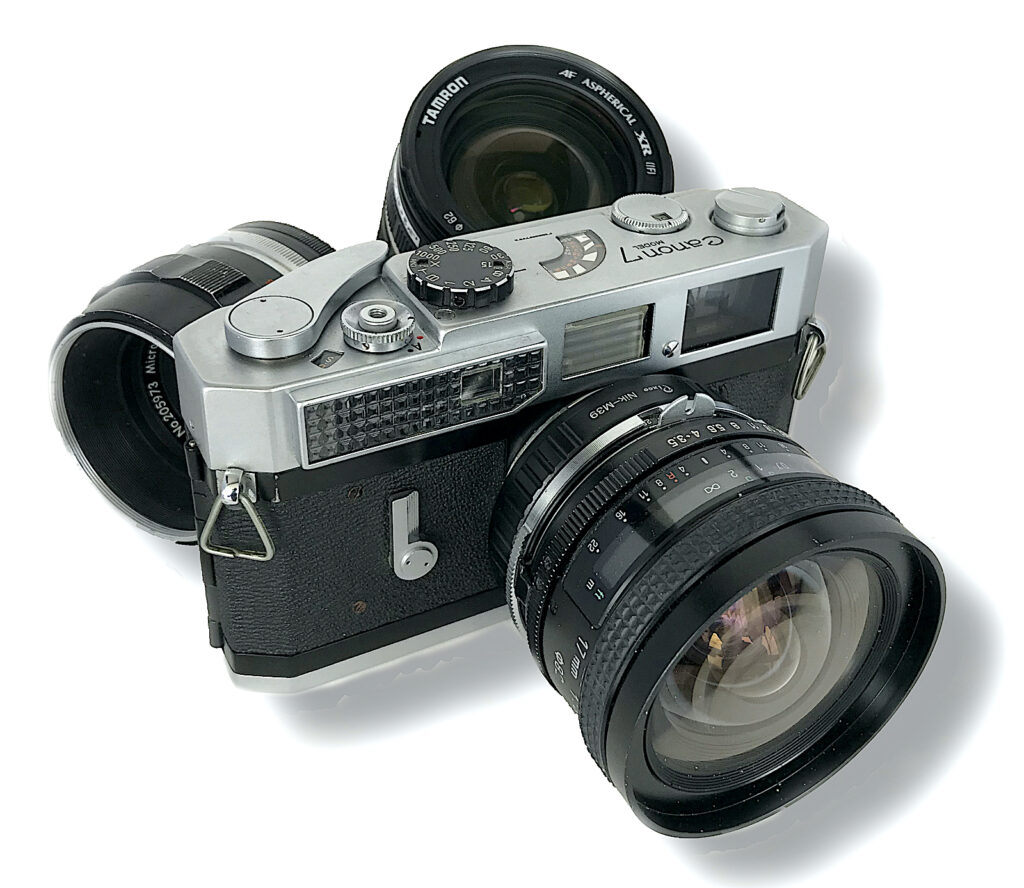
Using nikon F-mount lenses on a Canon 7 LTM body
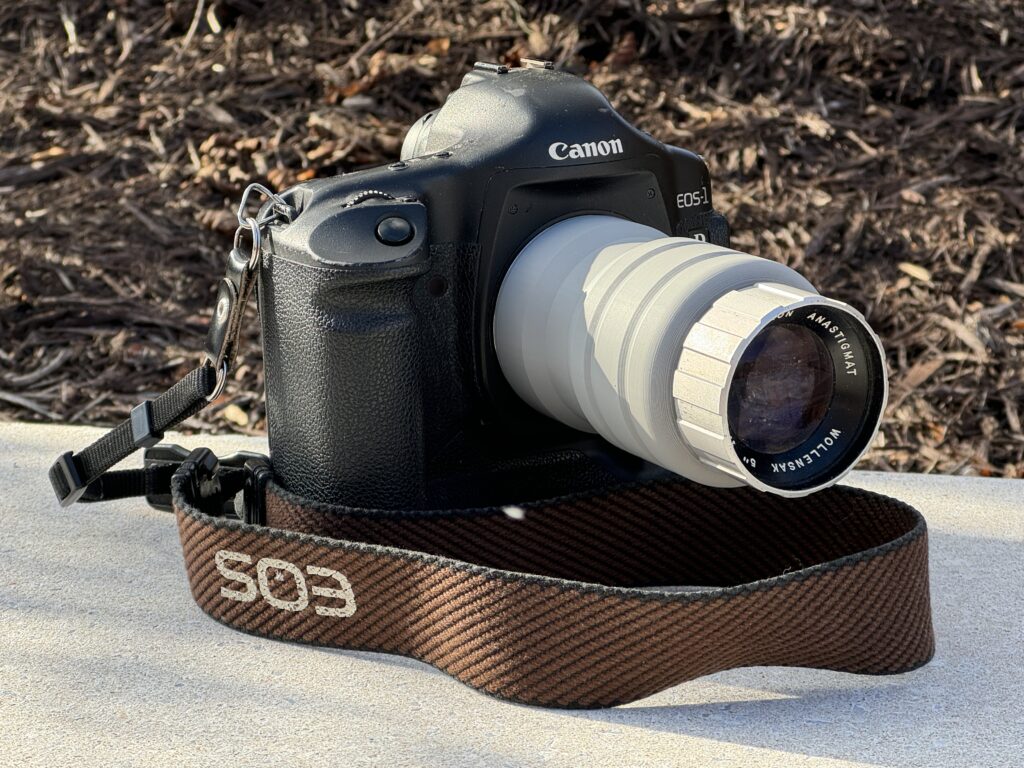
I ran into this lens during a trip to bop around the local thrift store with friends one afternoon. I picked it up off of a Revere 553 Projector, of which I have, surprisingly, ...
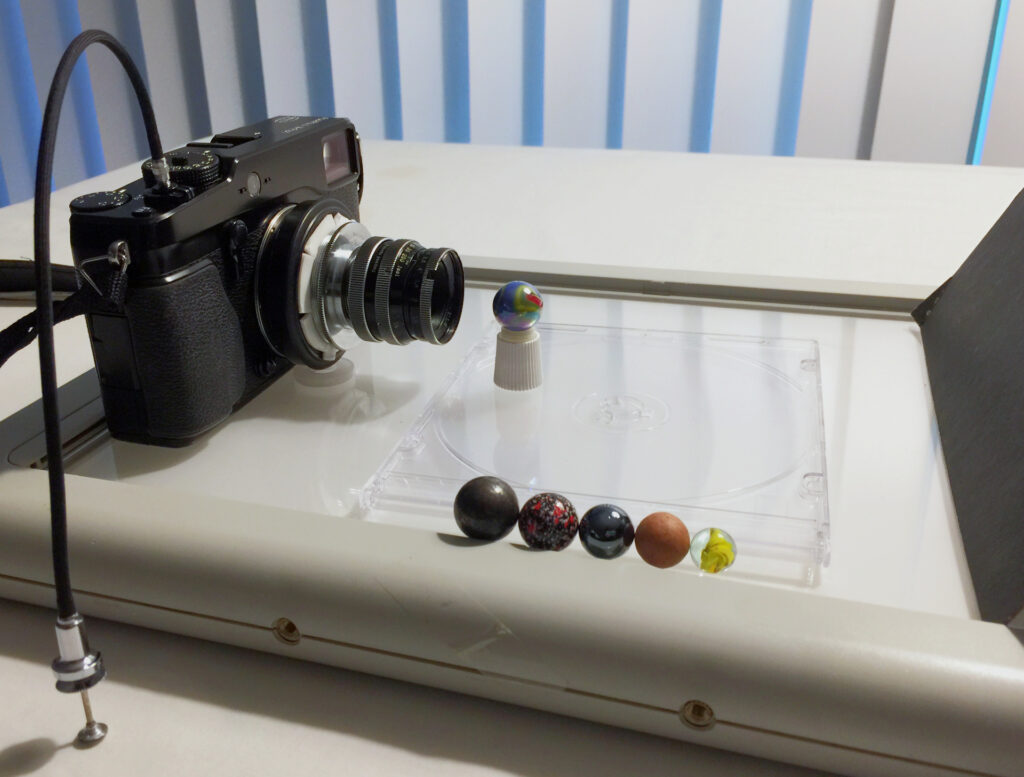
This is my last article (for now) in a series about macro photography using C-mount cine lenses. (The first article is here and the second is here.) In the first, I tried three ...
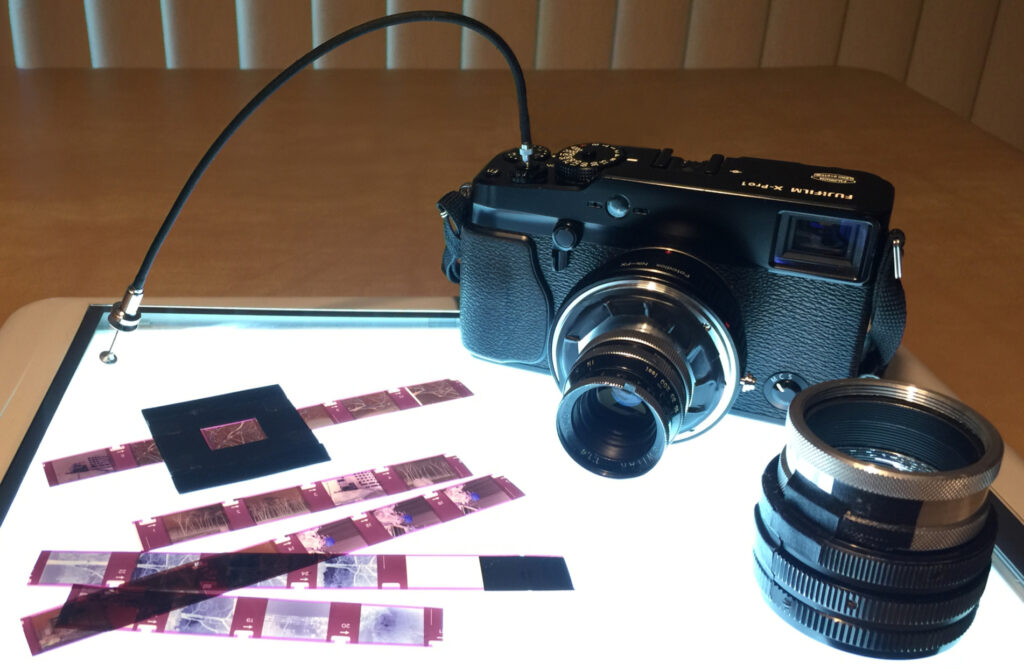
In a previous article, I explored macro-photography using C-mount cine lenses attached to a Fiji X-Pro1 APS-C digital. In those three experiments, I discovered that my mounting ...
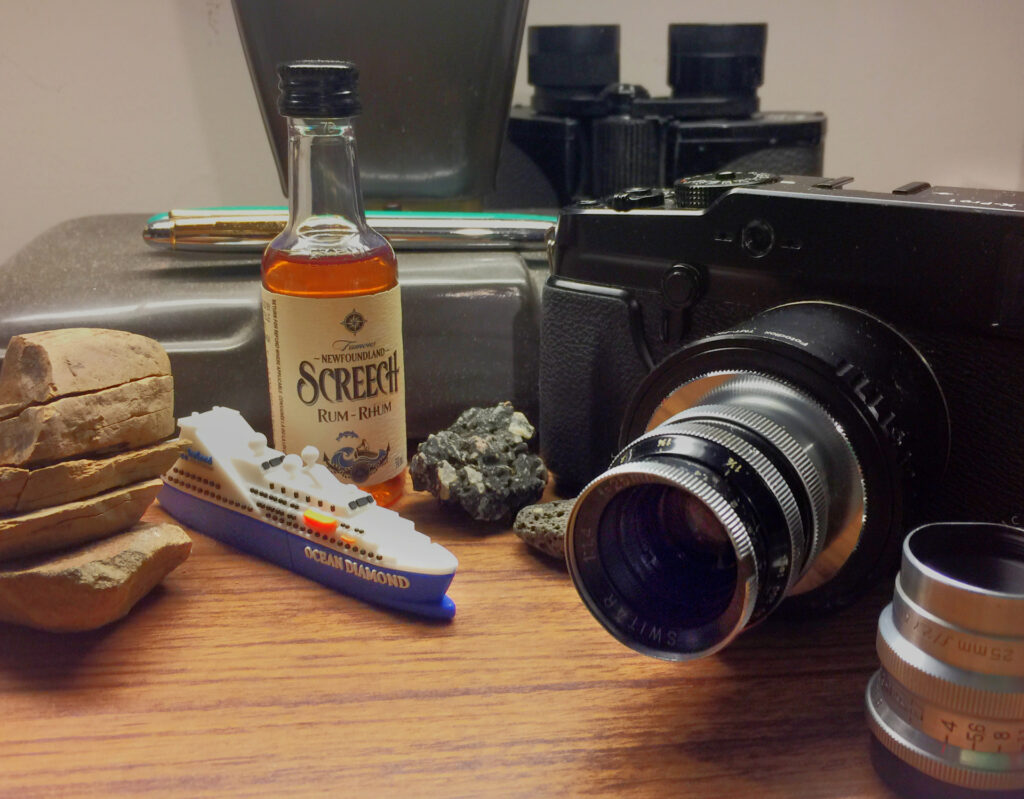
C-mount lenses are the tiny optical jewels worn on the fronts of classic 16mm movie cameras. Their minuscule 17.526mm separation between the camera’s mounting flange and f...
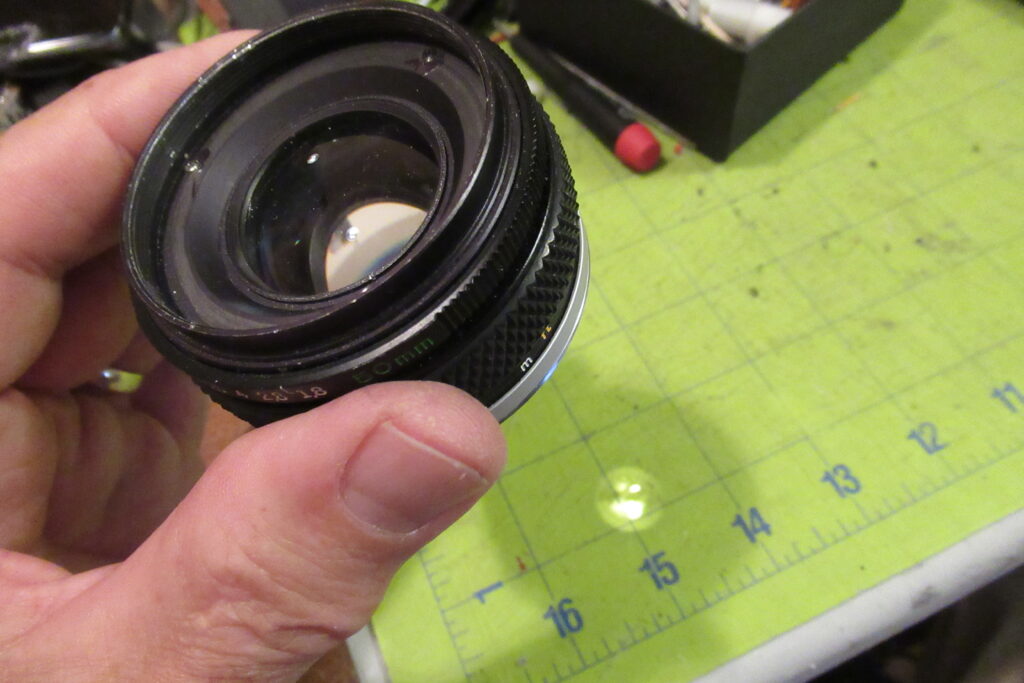
I’ve often observed from afar large format photographers esoterically divining their cameras and producing photos that my 35mm camera could only dream about. But I was lar...







